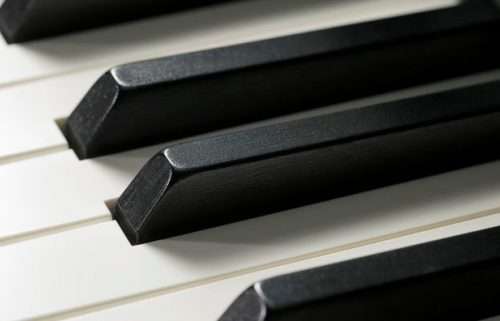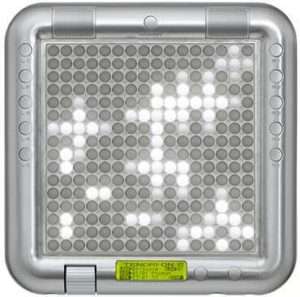
Unusual percussion instruments
See Percussion in the Muzyczny.pl store
There is a saying that a real musician will play anything and there is a lot of truth in this statement. Even everyday items such as a comb, spoons or a saw can be used for making music. Some ethnic instruments do not resemble the instruments known to us today, and yet they can surprise with their sound. One of such interesting and at the same time one of the oldest instruments known to us today is the jew’s harp. It probably originated in the steppes of Central Asia among the Turkish tribes, but there is no conclusive evidence of it. However, the first records of its existence were recorded in the XNUMXrd century BC, in China. In different regions of the world it got its name, for example in Great Britain it was called Jaw Harp, Munnharpe in Norway, Morsing in India, and pipe in Ukraine. It was made of various materials depending on technological development and the availability of a given material in the region. In Europe, it was most often steel, in Asia it was made of bronze, and in the Far East, Indochina or Alaska, it was made of wood, bamboo or other materials available in a given area.

This instrument belongs to the group of plucked idiophones and consists of a frame, arms and a tongue with a trigger. The pitch of the harps depends mainly on the length of the tongue, which is made to vibrate. Its length is approximately 55 mm to 95 mm depending on the size of the harp. The longer the tab, the lower the pitch. The Chinese version of the KouXiang harness looks a bit different and can have up to seven tongues attached to a bamboo shaft. Thanks to this number of tongues, the instrument’s tonal possibilities increase significantly and you can play entire melodies on it.
Playing an instrument is relatively simple and you can have surprising results after the first few minutes of learning. The instrument itself does not make any sounds and only after we put it on our lips or bite it, our face becomes a soundboard for it. Simply put, you play the harp by holding it in your mouth and tearing the movable tongue with your finger, most often the stationary part of the instrument rests on the teeth. The instrument makes its distinctive humming sound. How do you start playing?
We take the instrument in our hand, grasp the frame so as not to touch the metal tongue and put part of our arms to our lips, or bite our teeth. When the instrument is positioned correctly, the sound is produced by pulling on the trigger. At the same time, by tensing the cheek muscles or moving the tongue, we shape the sound that comes out of our mouth. In the beginning, it is easier to learn to play by biting the instrument with your teeth, although an inept attempt can be quite painful. During the exercises, it will be helpful to say the vowels a, e, i, o, u. Various sound effects depend on how we use our tongue, how we tighten our cheeks, or whether we are inhaling or blowing air at a given moment. The cost of this instrument is not high and ranges from about 15 to about 30 PLN.
The vast majority of jewelers made of nickel are available on our market. Drumla is primarily used in folk and folk music. Often its sound can be heard in gypsy music. There are also special festivals where the harpoon is the leading instrument. You can also meet jew’s harps as a kind of variety in popular music, and one of the Polish musicians playing it is Jerzy Andruszko. Undoubtedly, this instrument can be an interesting complement to the sound of a larger instrumental composition.





